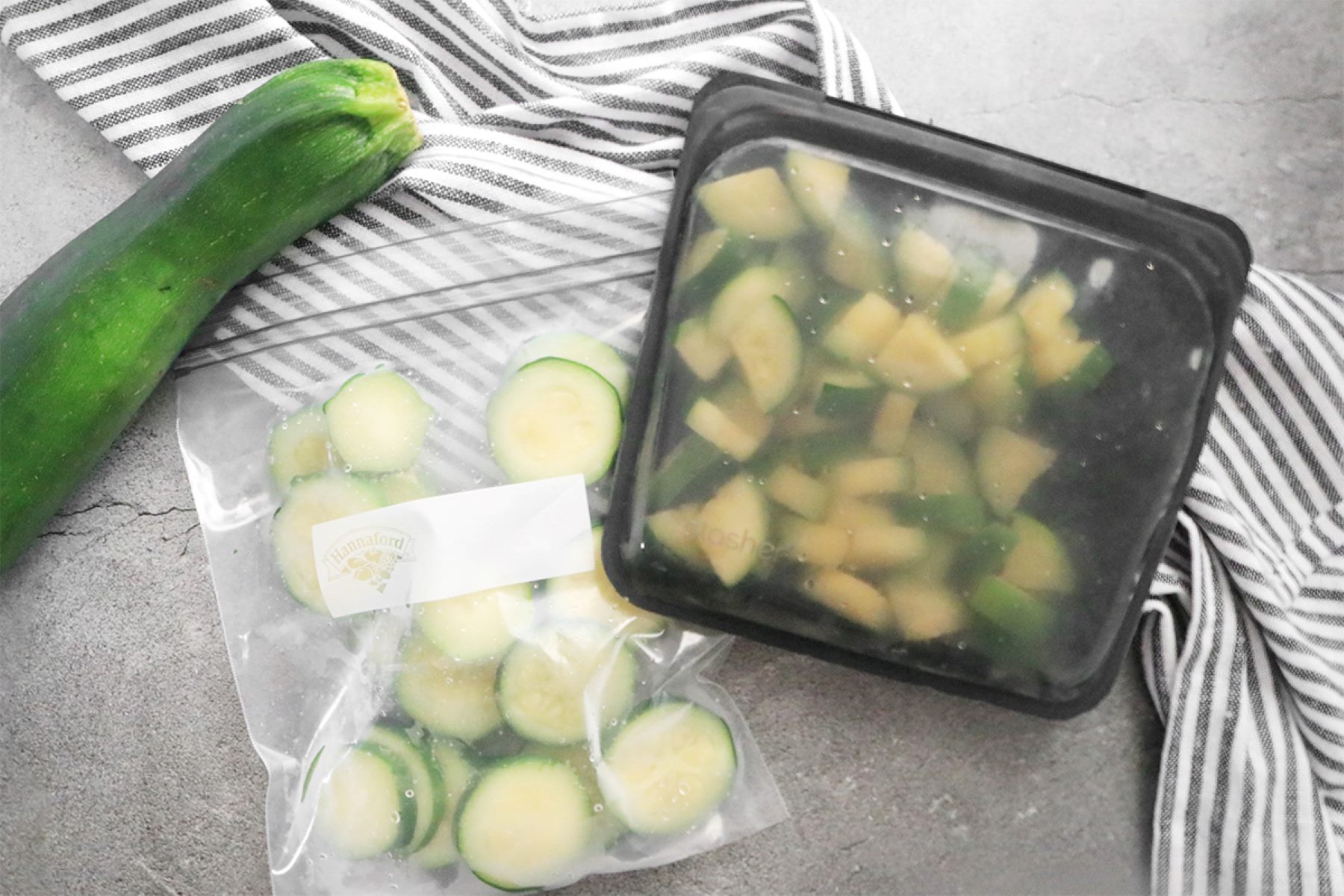

Articles
How To Store Zucchini In Fridge
Modified: January 8, 2024
Learn the best methods for storing zucchini in the fridge to keep it fresh and flavorful. Check out our informative articles on how to properly store this versatile vegetable.
(Many of the links in this article redirect to a specific reviewed product. Your purchase of these products through affiliate links helps to generate commission for Storables.com, at no extra cost. Learn more)
Introduction
Welcome to a guide on how to store zucchini in the fridge! Zucchini is a versatile and nutritious vegetable that can be enjoyed in a variety of dishes. Whether you have a surplus of zucchini from your garden or you simply want to extend the shelf life of this delicious veggie, storing it properly in the refrigerator is key.
Properly storing zucchini in the fridge will help maintain its freshness, texture, and flavor for a longer period of time. This means you can enjoy zucchini’s delicious taste and health benefits even after a few days or weeks have passed.
In this article, we will explore why storing zucchini in the fridge is beneficial, how to select fresh zucchini for refrigeration, the necessary preparation steps, the best containers to use, and tips for maximizing the shelf life of your zucchini. By following these guidelines, you can ensure that your zucchini stays fresh and delicious for all your culinary endeavors.
So, if you’re ready to learn the secrets to storing zucchini in the fridge, let’s dive in!
Key Takeaways:
- Store zucchini in the fridge to preserve its freshness, maintain texture, prevent spoilage, minimize waste, and enjoy convenient access for various culinary creations.
- Maximize zucchini’s shelf life by selecting firm, smooth-skinned zucchinis, using airtight containers, monitoring fridge conditions, and getting creative with meal planning and preparation.
Read more: How To Store Cut Zucchini In The Fridge
Why You Should Store Zucchini in the Fridge
Storing zucchini in the fridge offers several advantages over leaving it at room temperature. Here are some reasons why you should opt for refrigeration:
- Preserves freshness: Zucchini is a perishable vegetable that tends to wilt and deteriorate quickly when exposed to warmer temperatures. Storing it in the fridge helps to slow down the ripening process and extend its shelf life.
- Maintains texture: Zucchini contains a high water content, and exposure to heat can cause it to become soft and mushy. Refrigeration helps to retain its crispness and firmness, ensuring a pleasant texture when cooked or eaten raw.
- Prevents spoilage: Keeping zucchini in the fridge protects it from harmful bacteria and prevents mold growth. This reduces the risk of foodborne illnesses and ensures that your zucchini remains safe to consume.
- Minimizes waste: By storing zucchini in the fridge, you can avoid wasting any excess or leftover portions. This allows you to use the vegetable gradually over time, instead of having to use it all at once before it spoils.
- Convenience: Storing zucchini in the fridge makes it easily accessible whenever you need it. Whether you want to whip up a quick stir-fry or add some zing to your salads, having refrigerated zucchini on hand saves you time and effort in the kitchen.
While storing zucchini in the fridge offers numerous benefits, it is important to note that refrigeration can cause slight changes in the flavor profile of the vegetable. However, this is a minor trade-off when considering the extended freshness and convenience it provides.
Now that we understand why storing zucchini in the fridge is advantageous, let’s move on to the next step – selecting fresh zucchini for refrigeration.
How to Select Fresh Zucchini for Refrigeration
Choosing the right zucchini is crucial for ensuring optimal taste and texture when stored in the fridge. Here are some tips to help you select fresh zucchini:
- Look for firmness: When selecting zucchini, gently squeeze it to check for firmness. Fresh zucchini should feel firm and not have any soft spots or indentations. Avoid zucchini that feels mushy or overly soft, as it may indicate that it is past its prime.
- Check for smooth skin: Examine the skin of the zucchini. It should be smooth and free from blemishes or bruises. Avoid zucchini with wrinkled or discolored skin, as these are signs of age and spoilage.
- Choose smaller sizes: Smaller zucchinis tend to be more tender and flavorful compared to larger ones. Look for zucchini that is about 6-8 inches in length and has a diameter of around 1-2 inches. These smaller varieties are ideal for refrigeration.
- Inspect the stem: The stem of the zucchini should be green and attached firmly to the vegetable. Avoid zucchini with wilted or brown stems, as these indicate that it is not fresh.
- Avoid overly large seeds: Cutting open a zucchini to check the seeds may not always be possible in a store, but if you have the opportunity, look for zucchini with small, underdeveloped seeds. Large and mature seeds can indicate that the zucchini is more mature and may not stay fresh as long.
By following these guidelines, you can ensure that you select the freshest zucchini for refrigeration. Now that we know how to choose the perfect zucchini, let’s move on to the next step – preparing it for refrigeration.
Preparing Zucchini for Refrigeration
Before storing zucchini in the fridge, it’s important to properly prepare it to maintain its freshness and quality. Follow these steps to prepare zucchini for refrigeration:
- Wash and dry: Start by washing the zucchini under cool running water to remove any dirt or debris. Gently rub the skin with your hands or use a vegetable brush to ensure thorough cleaning. After washing, pat the zucchini dry with a clean kitchen towel or paper towel.
- Trim the ends: Trim off the ends of the zucchini using a sharp knife. This step helps to remove any bruised or damaged portions and ensures a fresh start for storing.
- Leave the skin intact: It’s best to leave the skin of the zucchini intact as much as possible. The skin helps to protect the vegetable and maintain its structure during storage. Peeling zucchini can lead to faster deterioration and loss of texture.
- Avoid pre-cutting: It is recommended to store zucchini in its whole form whenever possible. Pre-cutting zucchini can expose more surface area to air and moisture, leading to faster spoilage. If you must cut the zucchini, it’s better to do it right before use rather than in advance.
By following these preparation tips, you can ensure that your zucchini is clean and ready for refrigeration. Now that we’ve covered the preparation steps, let’s move on to discussing the best storage containers for zucchini in the fridge.
Proper Storage Containers for Zucchini
Choosing the right storage containers for zucchini is essential for maintaining its freshness and preventing spoilage. Here are some options for proper storage containers:
- Reusable airtight containers: Plastic or glass containers with airtight lids are ideal for storing zucchini in the fridge. These containers create a sealed environment that helps to retain the zucchini’s freshness and prevent odor transfer.
- Ziplock bags: If you don’t have airtight containers, you can also use resealable plastic bags. Make sure to squeeze out any excess air before sealing the bag to minimize the chances of moisture buildup.
- Food storage wraps: Another option is to wrap the zucchini tightly in plastic wrap or aluminum foil. This method helps to protect the zucchini from drying out and preserves its moisture.
- Ventilated bags: Alternatively, you can place zucchini in perforated bags or produce bags that allow for airflow. These bags help to maintain the right balance of moisture and prevent condensation buildup, which can lead to spoilage.
When choosing any of these storage options, make sure the containers or bags are clean and dry before placing the zucchini inside. Additionally, labeling the containers with the date can be helpful to keep track of the zucchini’s freshness.
Now that we know the best storage containers for zucchini, let’s move on to the step-by-step process of storing whole zucchini in the fridge.
Store zucchini in the fridge in a perforated plastic bag to maintain moisture and prevent it from becoming mushy. It should be kept in the crisper drawer and used within 1-2 weeks.
Read more: How To Store Zucchini
Storing Whole Zucchini in the Fridge
Storing whole zucchini in the fridge is a straightforward process that helps to maintain its freshness and flavor. Here’s how you can do it:
- Place in a storage container: Select a clean and airtight container large enough to accommodate the whole zucchini or multiple zucchinis if necessary. Place the zucchini inside the container, ensuring that there is enough space around it for air circulation.
- Don’t wash before storing: It’s best to avoid washing the zucchini before storing it whole. Excess moisture can lead to faster spoilage. Instead, wash the zucchini just before using it.
- Seal the container: Close the lid tightly to create an airtight seal. This helps to maintain the zucchini’s freshness and prevents the absorption of unwanted odors from other foods in the fridge.
- Store in the fridge: Place the container with the zucchini in the refrigerator. Choose a spot where the temperature is consistently cool, typically the vegetable crisper drawer or the bottom shelf of the fridge.
By following these steps, your whole zucchinis will stay fresh in the fridge for up to a week or possibly longer, depending on their initial freshness. Remember to refrain from washing the zucchini until you are ready to use it to avoid unnecessary moisture.
Now, let’s move on to the next section – storing cut zucchini in the fridge.
Storing Cut Zucchini in the Fridge
If you have cut zucchini that you’d like to store for future use, proper storage is essential to maintain its freshness and quality. Here’s how you can store cut zucchini in the fridge:
- Choose a storage container: Select a container that is suitable for storing the cut zucchini. Airtight containers or resealable bags work well to keep the zucchini fresh and prevent it from drying out or absorbing odors from other foods.
- Cut into desired shapes: Cut the zucchini into your preferred shapes, such as slices, cubes, or strips, according to your recipe or preference. Ensure that the pieces are relatively uniform in size for even cooking or usage.
- Add moisture if needed: If you notice that the cut zucchini appears dry, you can lightly mist it with water or place a damp paper towel in the container to maintain moisture. This will help prevent the zucchini from shriveling and drying out during storage.
- Seal the container: Close the container tightly or seal the bag, ensuring as much air as possible is squeezed out to minimize exposure to oxygen. This will help to maintain the zucchini’s freshness and prevent moisture loss.
- Label and date: If you have multiple containers of cut zucchini or plan to store it for an extended period, it’s a good idea to label the containers with the date. This way, you can keep track of the freshness and use the oldest zucchini first.
- Store in the fridge: Place the container with the cut zucchini in the refrigerator. Choose a spot where the temperature is consistently cool, such as the vegetable crisper drawer or the lower shelves, which tend to be slightly cooler.
By following these steps, you can store cut zucchini in the fridge for about 3 to 5 days. However, it is important to note that cut zucchini tends to lose its crispness and texture over time, so it’s best to use it as soon as possible for the best culinary results.
Now that we’ve covered storing both whole and cut zucchini in the fridge, let’s move on to learning how to maximize the shelf life of zucchini.
Maximizing the Shelf Life of Zucchini in the Fridge
To ensure the longest possible shelf life for your zucchini in the fridge, follow these tips:
- Don’t wash until ready to use: Excess moisture can promote spoilage, so it’s best to avoid washing zucchini until you’re ready to cook or consume it. Washing zucchini before storage can introduce moisture, leading to a shorter shelf life.
- Store away from ethylene-producing fruits: Ethylene gas can speed up the ripening and deterioration of zucchini. Keep zucchini away from ethylene-producing fruits, such as bananas, apples, and tomatoes, as this gas can cause zucchini to spoil faster.
- Check and remove any rotting pieces: Regularly inspect your stored zucchini for any signs of rot, mold, or decay. Remove any affected pieces immediately to prevent the spread of spoilage to the rest of the batch.
- Monitor temperature and humidity: Keep an eye on the temperature and humidity levels in your fridge. Zucchini fares best at a temperature between 32°F (0°C) and 40°F (4°C). Excess humidity can cause moisture buildup, while excessive cold can lead to chilling damage, so aim for optimal conditions.
- Use a refrigerator thermometer: Consider using a refrigerator thermometer to ensure that your fridge is consistently maintaining the appropriate temperature for storing zucchini. This will help you adjust the settings if needed.
- Store intact zucchini longer: Whole zucchini generally has a longer shelf life compared to cut zucchini. If possible, store zucchini in its whole form and only cut it when you’re ready to use it to extend its freshness.
- Keep an organized fridge: Properly organize your fridge to avoid overcrowding. Giving each item, including zucchini, enough space for air circulation helps maintain the optimal storage conditions and prevents potential damage.
By following these guidelines, you can maximize the shelf life of your zucchini in the fridge and reduce the chances of spoilage.
Now that you know how to store zucchini and extend its freshness in the fridge, let’s move on to some tips for using stored zucchini.
Tips for Using Stored Zucchini
When it comes to using stored zucchini, here are some helpful tips to make the most of this versatile vegetable:
- Plan your meals: Take stock of the zucchini you have stored in the fridge and plan your meals accordingly. This will help you make the most efficient use of your zucchini and avoid wasting any of it.
- Variety of preparations: Zucchini can be enjoyed in a variety of ways. Try grilling, roasting, sautéing, stir-frying, or even spiralizing it into “zoodles” for a low-carb pasta alternative. Experiment with different cooking methods to discover your favorite preparation.
- Add to salads: Zucchini adds a fresh and crunchy element to salads. Slice or dice the zucchini and toss it into green salads or mix it with other vegetables for a refreshing and nutritious side dish.
- Bake into breads and muffins: If you have an abundance of zucchini, consider making zucchini bread or muffins. Grated zucchini adds moisture and a hint of sweetness to baked goods, making them delicious and nutritious treats.
- Freeze for later use: If you can’t use all your zucchini before it starts to deteriorate, consider freezing it for future use. Slice or grate the zucchini, blanch it in boiling water for a minute, then transfer it to an airtight container or freezer bag. Frozen zucchini works well in soups, stews, and sauces.
- Preserve as pickles or relish: Another way to use up zucchini is by pickling or making relish. These tangy and flavorful preserves can be enjoyed as condiments or added to sandwiches and burgers for a burst of taste.
- Share with others: If you find yourself with more zucchini than you can handle, consider sharing it with friends, family, or neighbors. It’s a great way to spread the abundance and avoid waste.
Remember to always use stored zucchini within a reasonable timeframe to ensure the best flavor and texture. While stored zucchini can stay fresh for a certain period, it’s always best to use it as soon as possible for optimal taste.
Now that you have some tips for using stored zucchini, let’s wrap up our guide.
Read more: How To Store Half A Zucchini
Conclusion
Storing zucchini in the fridge is a great way to extend its shelf life and ensure its freshness for longer. By following the steps and tips outlined in this guide, you can maximize the storage potential of your zucchini and enjoy its delicious flavor in a variety of dishes.
From selecting fresh zucchini to preparing and storing it properly, each step plays a crucial role in maintaining its quality. Keeping zucchini in the fridge offers several advantages, including preserving freshness, maintaining texture, preventing spoilage, minimizing waste, and providing convenience in meal preparation.
Remember to choose firm zucchini with smooth skin, store it in airtight containers or resealable bags, and keep it away from ethylene-producing fruits. Properly preparing and organizing your fridge, along with monitoring temperature and humidity, will help maximize the shelf life of your zucchini.
When it’s time to use your stored zucchini, get creative in the kitchen! Incorporate it into a variety of dishes, such as stir-fries, salads, baked goods, or even as pickles or relish. Don’t forget that you can also freeze zucchini for future use if you have an abundance.
Whether you’re an avid gardener with a surplus of zucchini or simply want to make your zucchini last longer, following these guidelines will help you make the most of this versatile vegetable.
So next time you have zucchini on hand, apply these tips and enjoy the flavors and benefits of fresh zucchini from your fridge!
Frequently Asked Questions about How To Store Zucchini In Fridge
Was this page helpful?
At Storables.com, we guarantee accurate and reliable information. Our content, validated by Expert Board Contributors, is crafted following stringent Editorial Policies. We're committed to providing you with well-researched, expert-backed insights for all your informational needs.
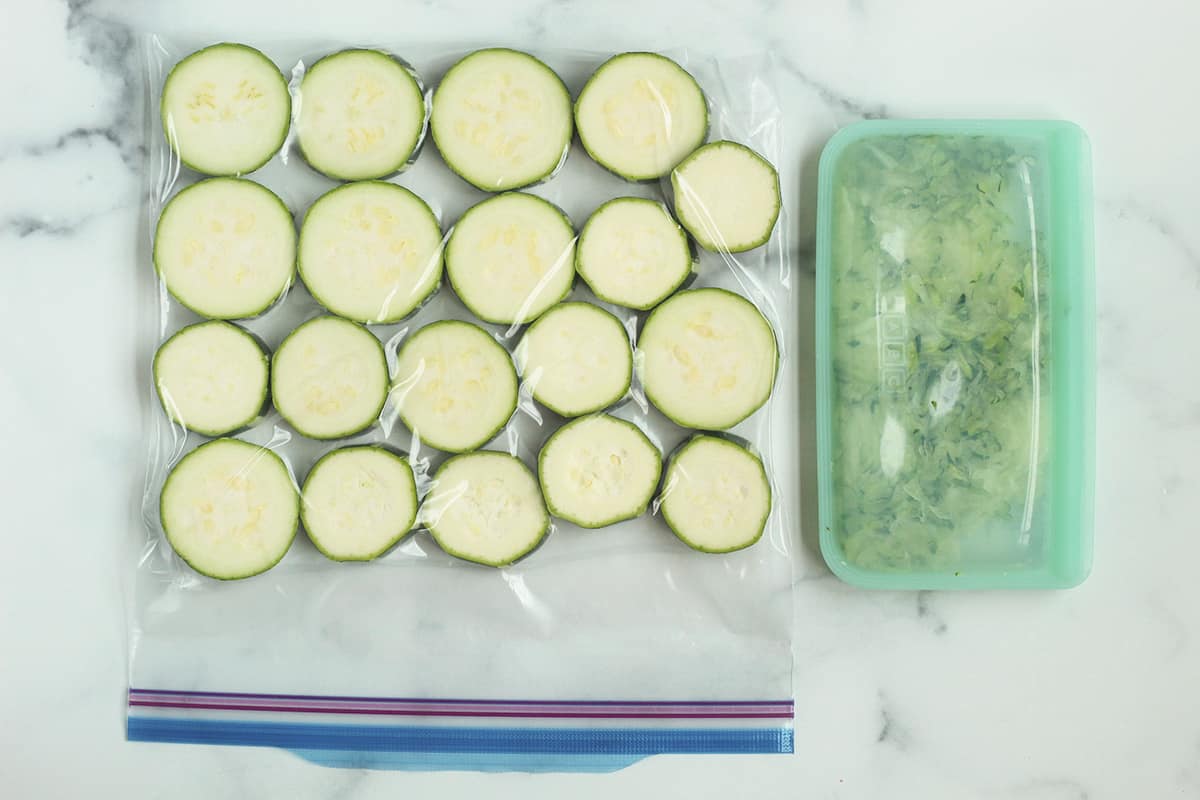
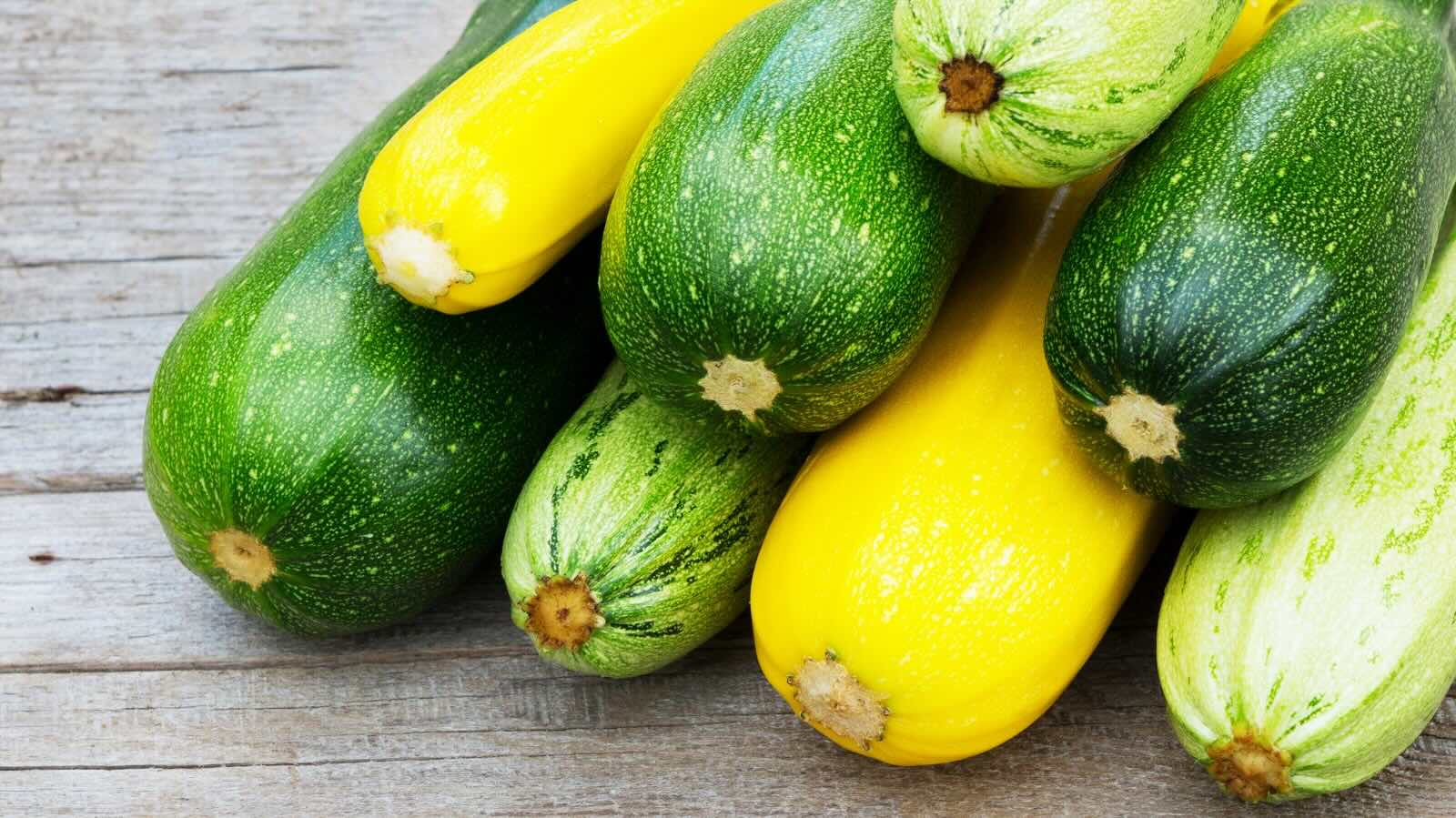
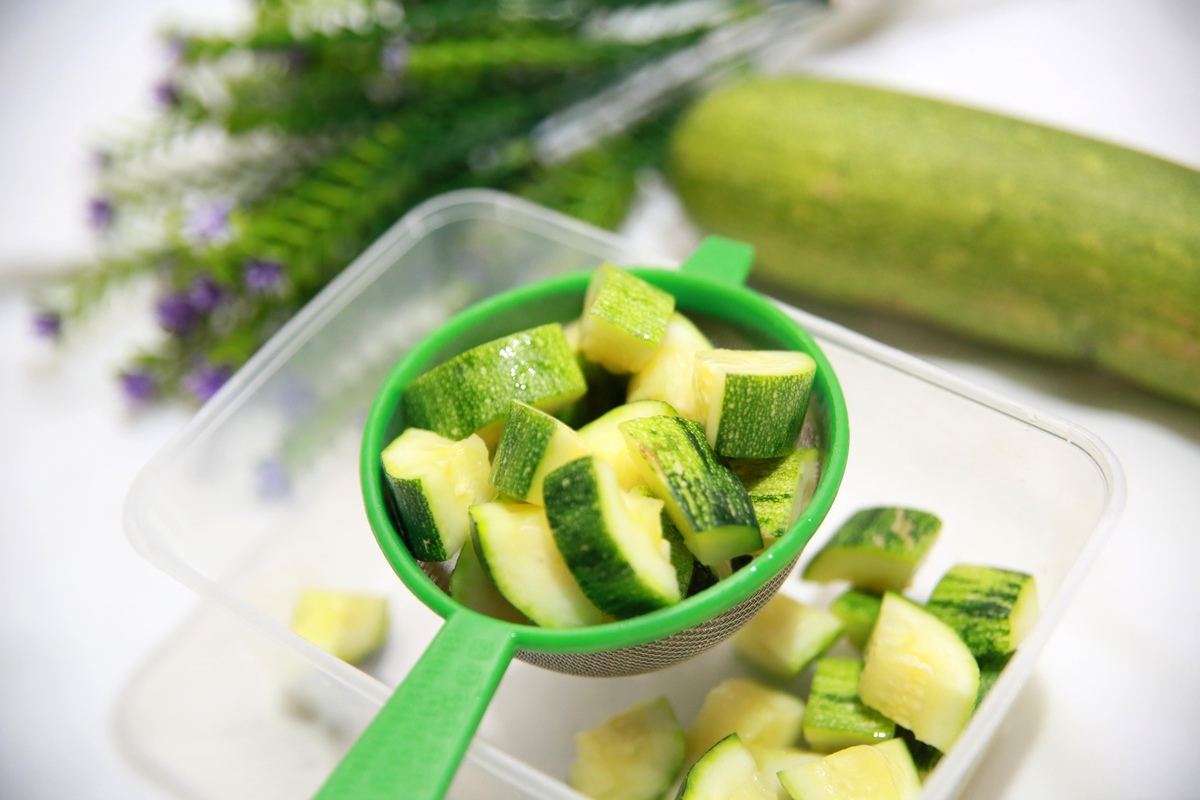
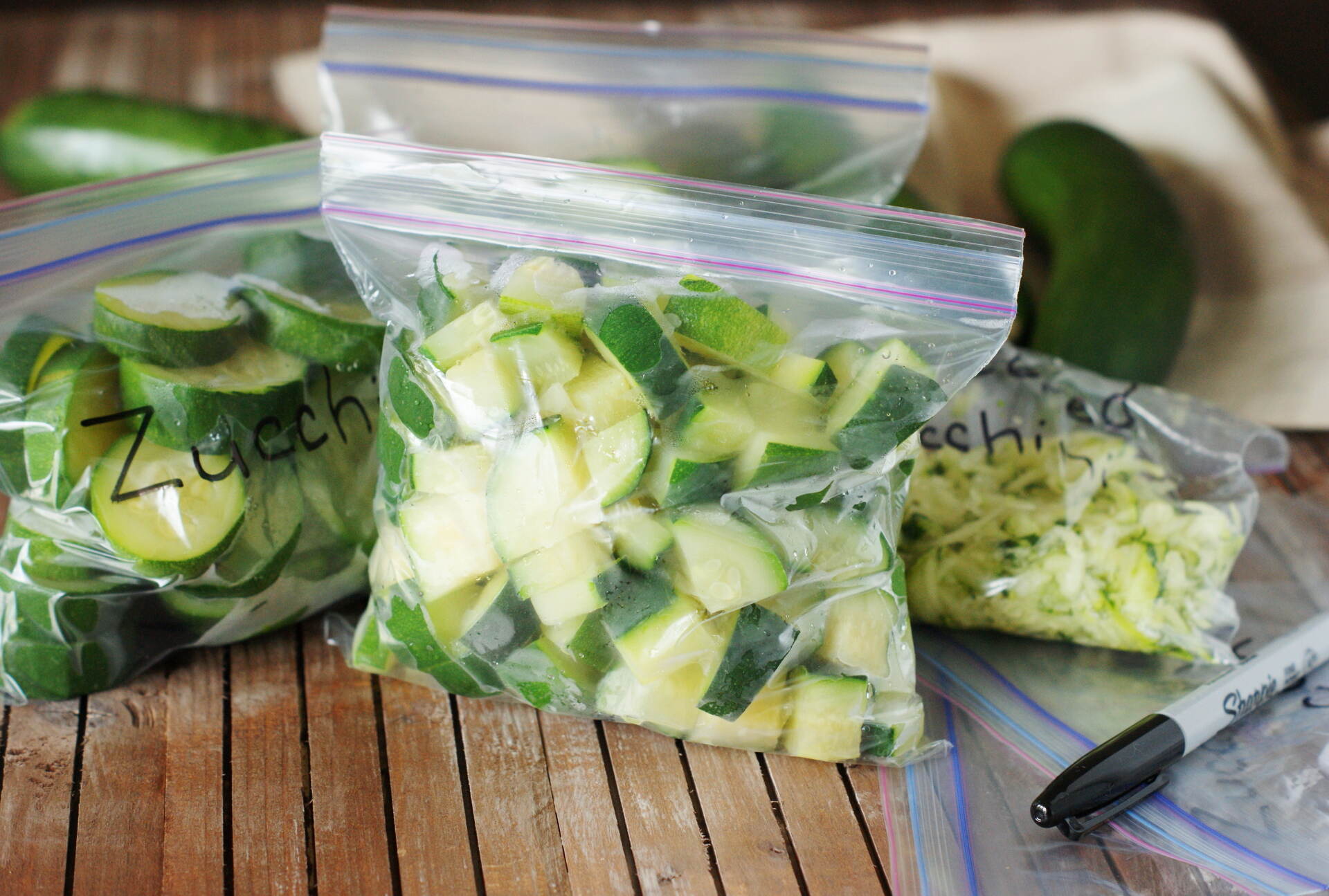
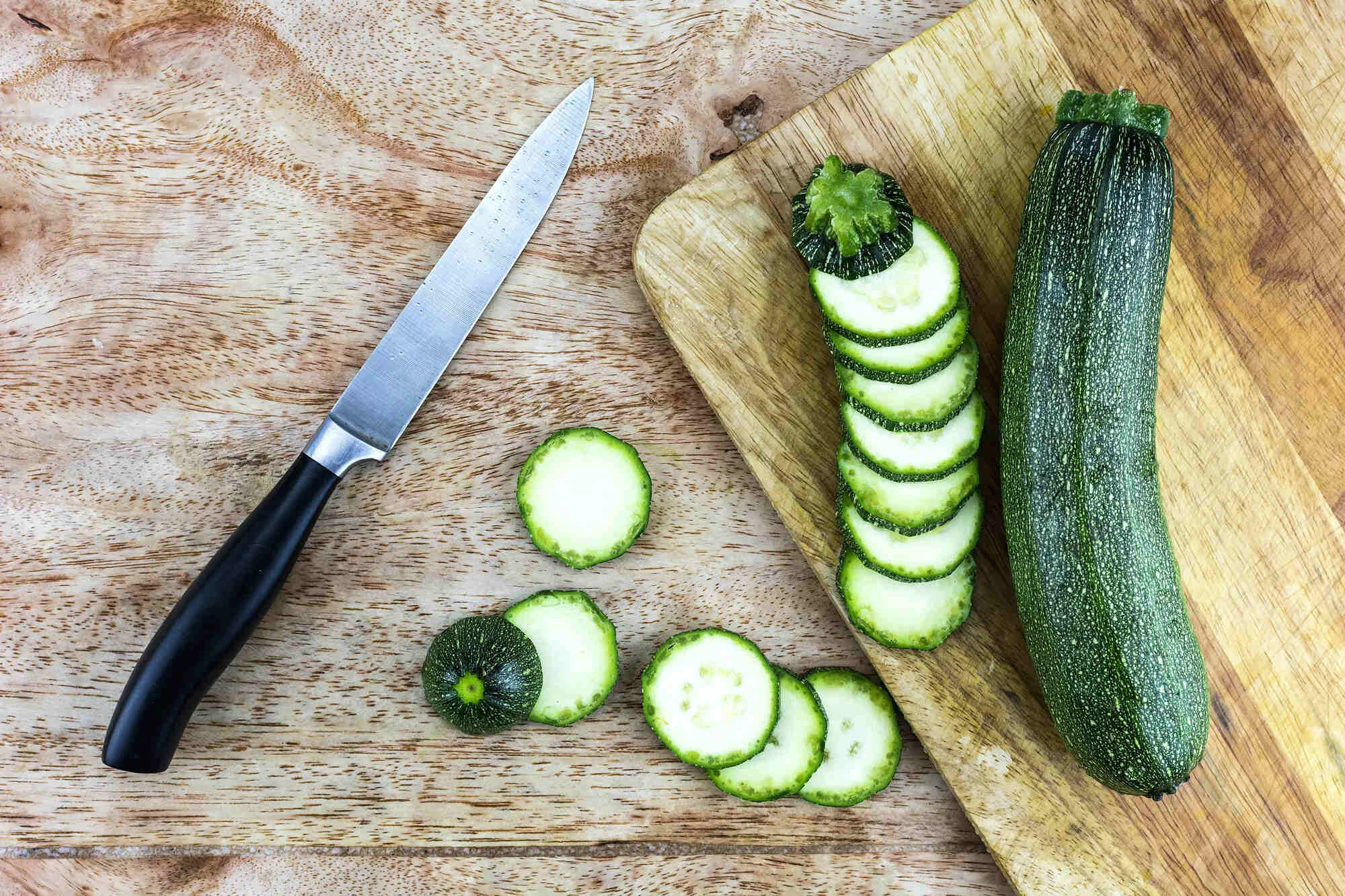
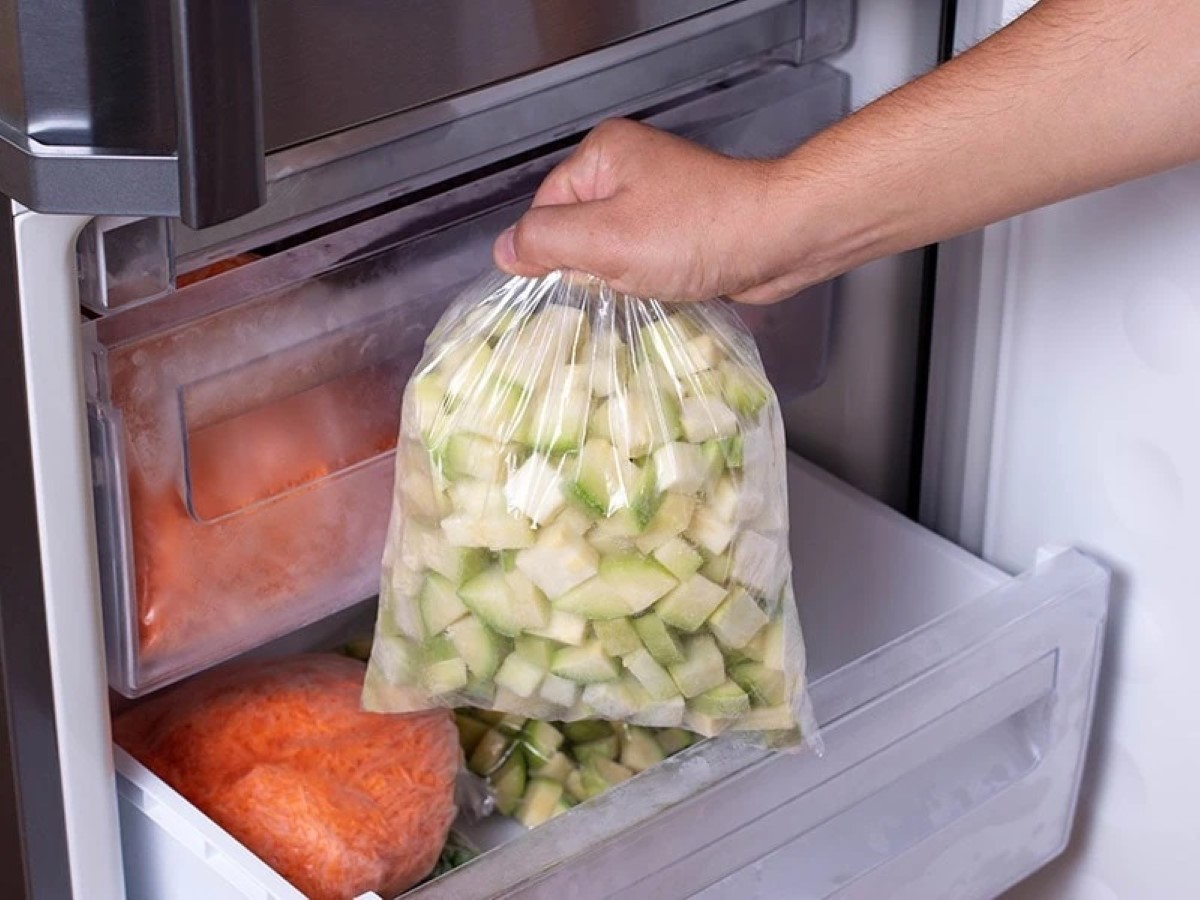
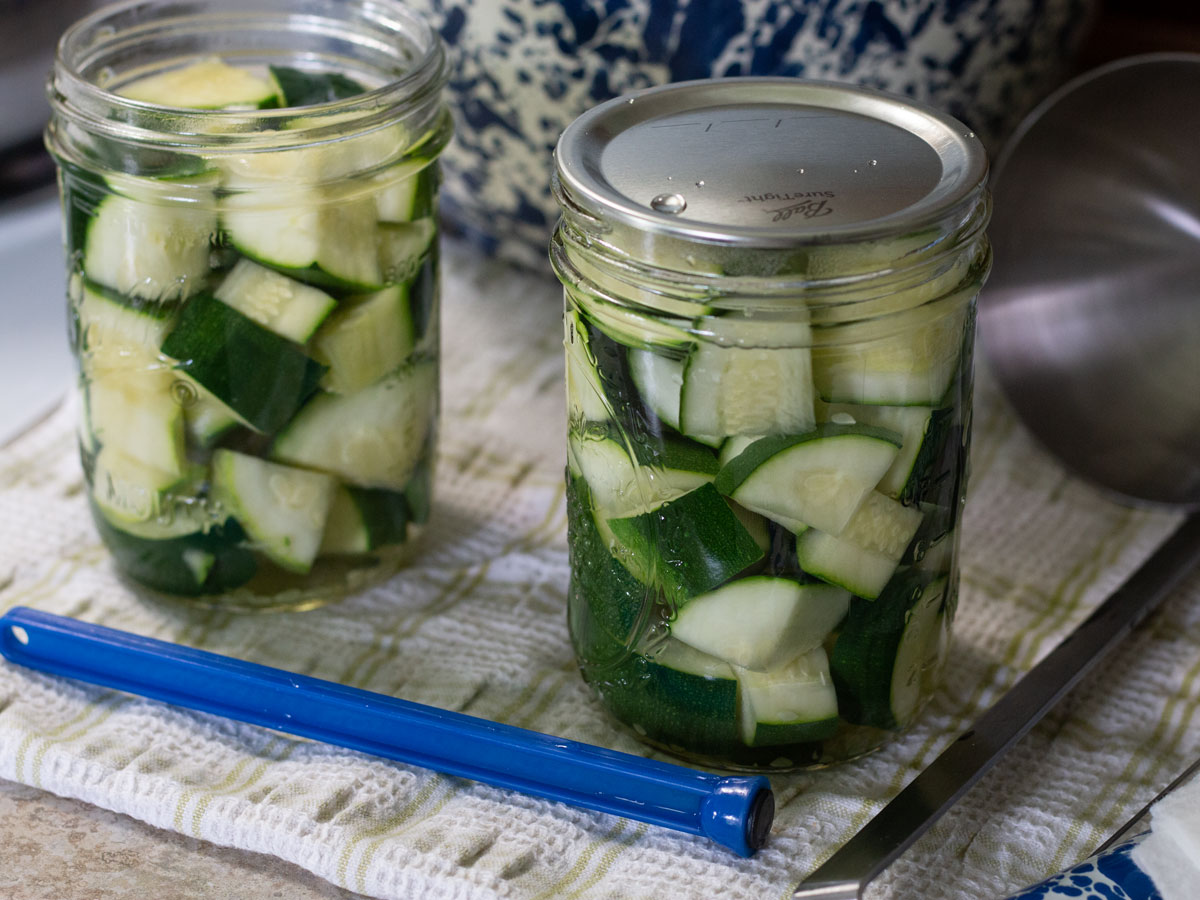

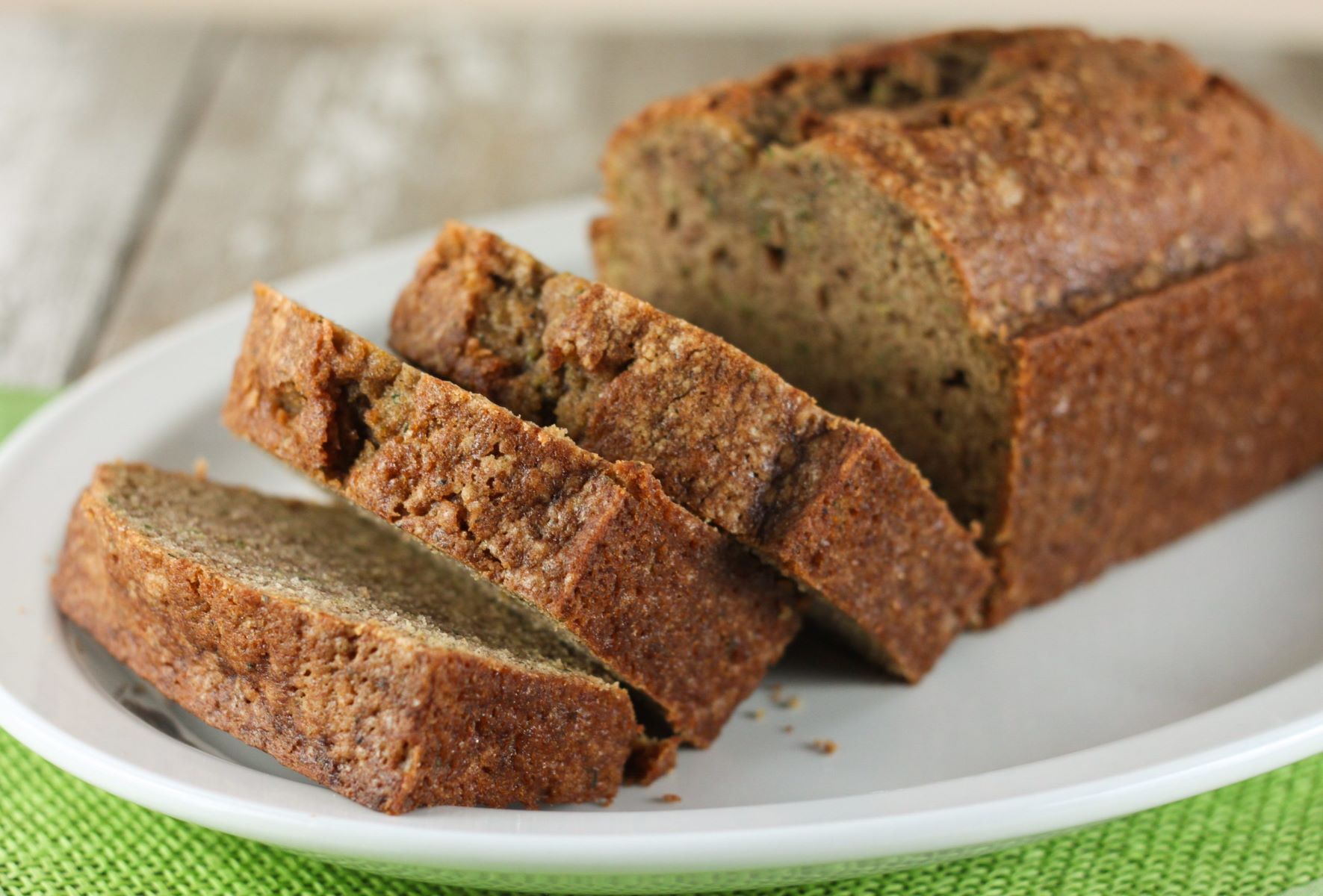
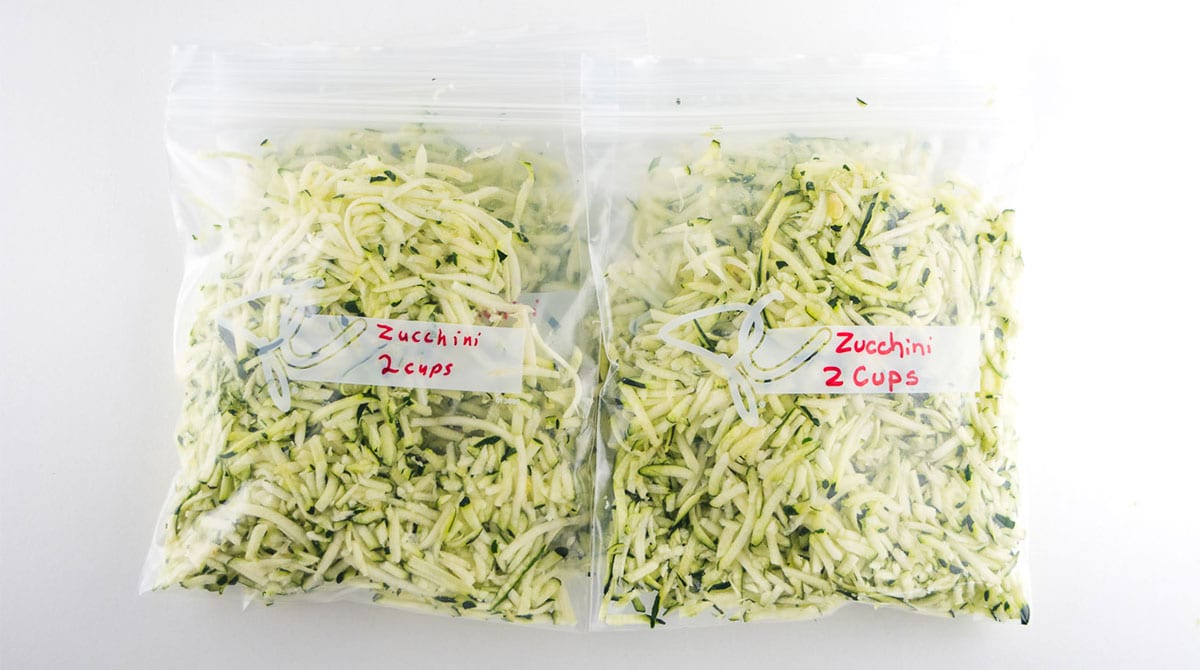
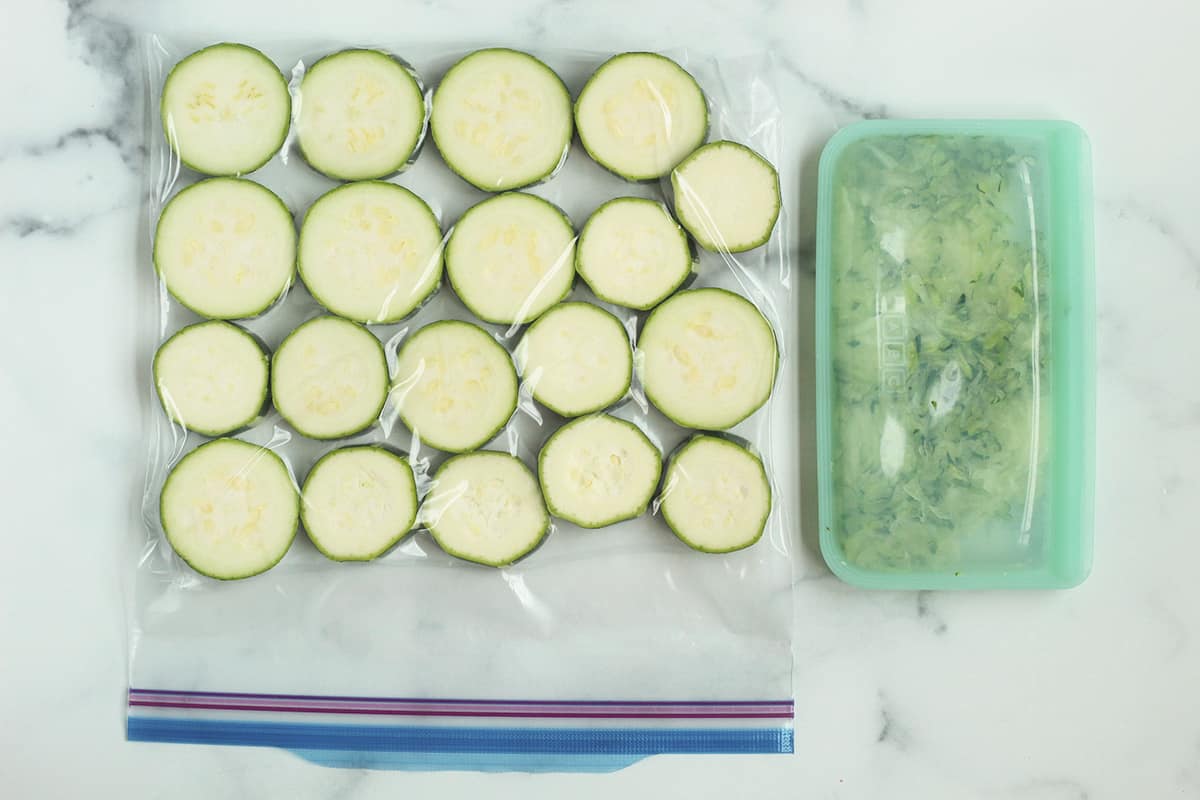

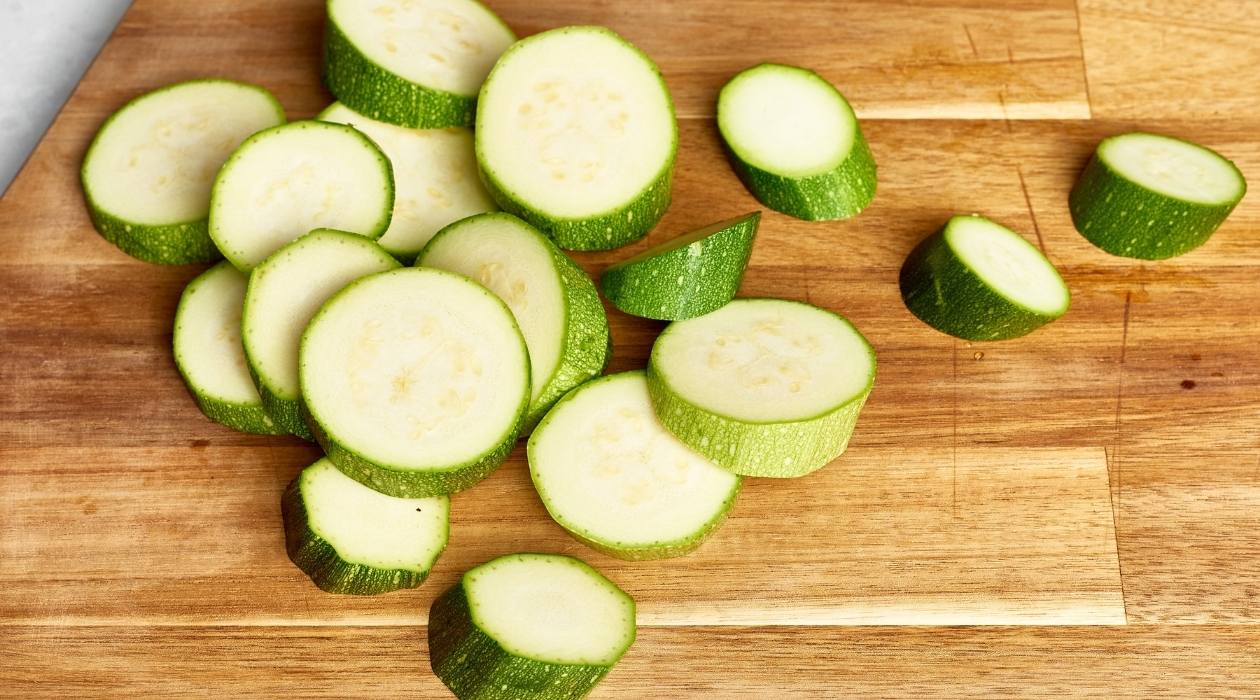

0 thoughts on “How To Store Zucchini In Fridge”